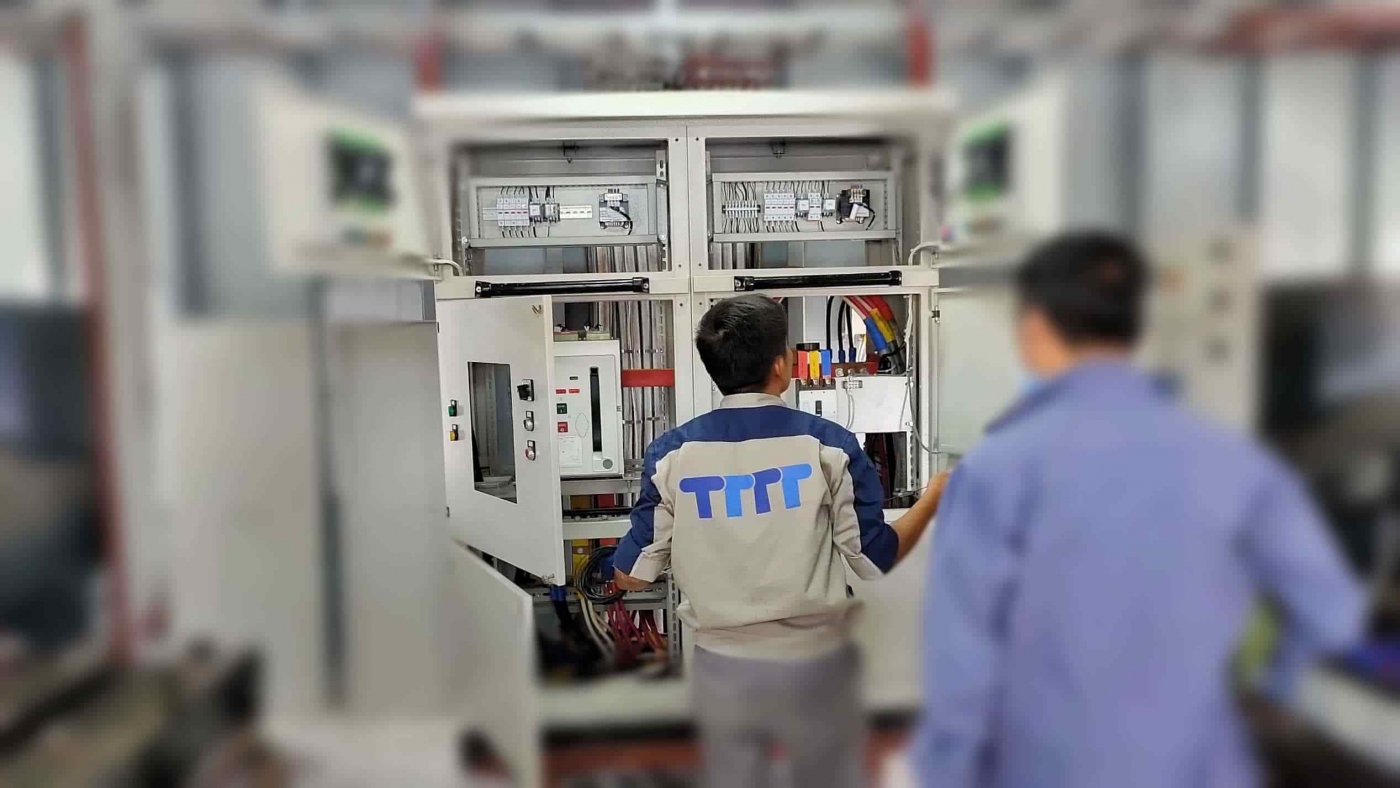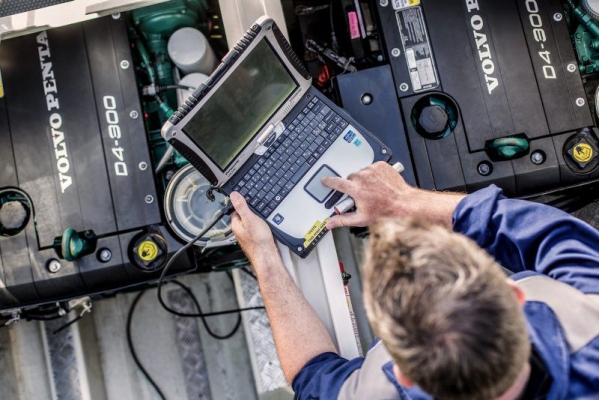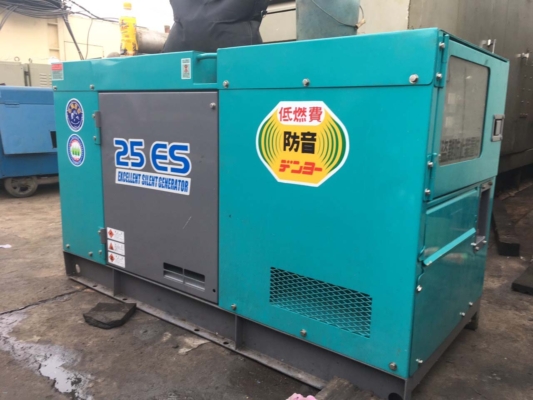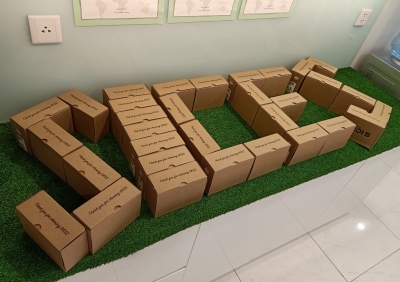Capacitors are components used a lot in electrical systems and circuits today, but still many users do not know what the use of a capacitor is? and do not know What is the use of a capacitor?Today we will learn together about capacitors and its basic information so that we can have useful knowledge about this component.
You may be interested in the following articles:
- What is the current state electricity price?
- Learn about capacitance and the meaning of capacitance values.
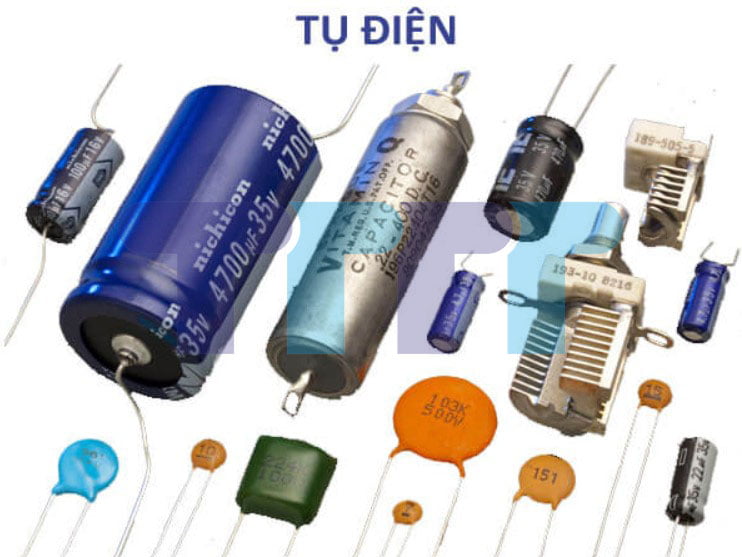
Contents
What is the use of a capacitor?
What is a capacitor?
What is a capacitor ?Capacitor is a type of passive electronic component consisting of two conductors and separated by an insulating layer in between. Capacitors operate when there is a potential difference creating two surfaces of two conductors (also known as capacitor feet) electricity creates a potential difference (voltage) placed on the two legs of the capacitor, these two pins Charges of the same magnitude but opposite signs will appear.
Capacitors usually have two pins, a positive and a negative, that are installed according to the diagram of the electrical system or the circuit diagram. Electromagnetism usually has a value of capacitance, denoted (C) and has the unit of (F).
What is the use of a capacitor?
The use of the capacitor is the ability to store electric field energy when there is a potential difference between the two legs of the capacitor in the AC voltage, it will create a charge that is slower in phase than the voltage of the circuit at so the impedance of the capacitor in the AC circuit.
What is the use of a capacitor TTTT? In addition, when charged, the capacitor is also considered a battery that provides the ability to store electrical energy. Capacitors have the ability to charge out the output very quickly for the purpose of raising the voltage to the potential in cases where high voltage is required for a short period of time.
How is the structure of the capacitor?
The structure of a capacitor consists of at least 2 poles (conductors or capacitor feet) placed parallel to each other and separated in the middle by a dielectric layer. In capacitors, the dielectric is usually made of non-conductive materials such as glass, paper, impregnated paper, ceramic, mica, plastic film or air. These dielectrics provide the capacitor’s ability to store electrical energy.
What is the structure of a capacitor? So the general structure of the capacitor consists of the following main parts: Capacitor legs, outer shell (usually made of plastic), alunium shell, metal layer and insulation layer.
See more:3-phase generator excitation circuit diagram.
What current does the capacitor prevent and the charge of the capacitor
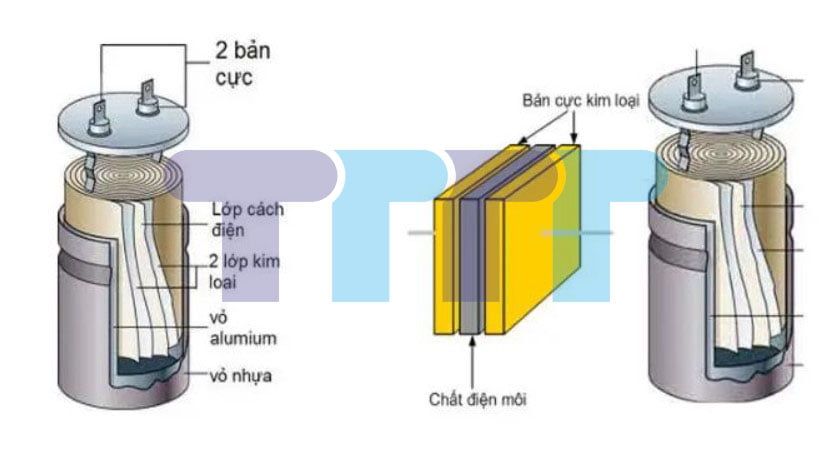
Capacitors only allow alternating current to pass, so what current does the capacitor prevent? The answer is that generator capacitor prevent direct current because of the following reasons: The solvent layer in the capacitor has insulating properties so it cannot conduct electricity, when the capacitor is in DC voltage, the current will flow. fully charge the capacitor and when fully charged the current through will be zero so the capacitor prevents DC current from flowing through it.
The charge of the capacitor is considered to be the value of the charge magnitude on each plate (pin) of the charged depot capacitor. The charges on the two legs of the capacitor have the same magnitude but opposite signs.
See more: What is a generator diode? Function of generator diode.
Company name:
TTTT GLOBAL co Ltd,.
Address: Landmark 4 Building, Vinhomes Central Park, 720A Dien Bien Phu Str, Ward 22, Binh Thanh District, Ho Chi Minh City, Vietnam.
Website: https://ttttglobal.com/en/
Hotline: +84286 2728 334
Email: Info@ttttglobal.com
CATEGORY: TECHNICAL QUESTIONS AND ANSWERS
RELATED POSTS

